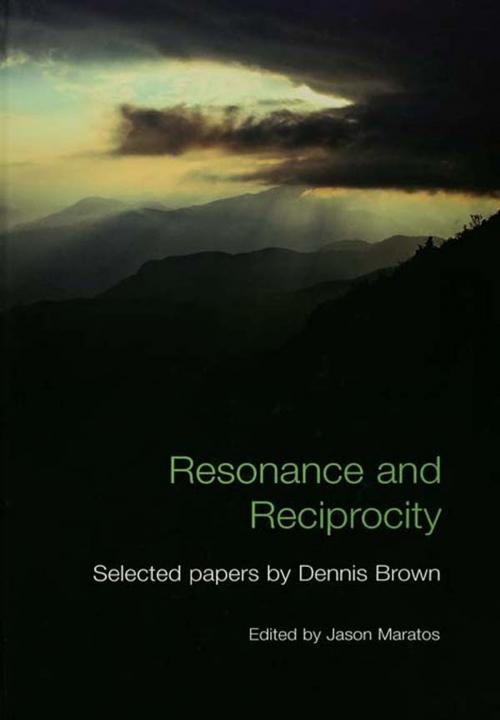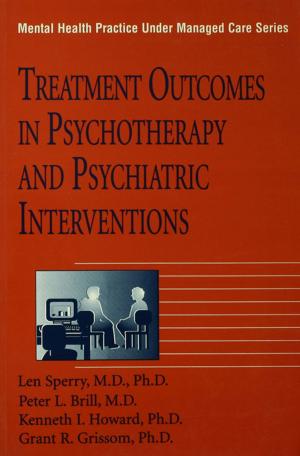Resonance and Reciprocity
Selected Papers by Dennis Brown
Nonfiction, Health & Well Being, Psychology, Psychoanalysis, Psychotherapy, Mental Health| Author: | ISBN: | 9781134703852 | |
| Publisher: | Taylor and Francis | Publication: | March 7, 2013 |
| Imprint: | Routledge | Language: | English |
| Author: | |
| ISBN: | 9781134703852 |
| Publisher: | Taylor and Francis |
| Publication: | March 7, 2013 |
| Imprint: | Routledge |
| Language: | English |
This collection of papers, published between 1976 and 2003, traces the innovative connections which the eminent group analyst Dennis Brown made between medicine and psychoanalysis. They reveal his important insights into how the principles of group analysis can improve our understanding of philosophy and ethics, and trace the development of trans-cultural dimensions of group analysis.
Beginning with Dennis’ early work in dermatology, the first section of Resonance and Reciprocity provides a fascinating overview of the insights gained into psychosomatic conditions through the application of psychoanalysis and group analysis. The second section builds on the tenet of group analysis that therapy should change the therapist as well as the client, addressing the changes that can take place in the therapeutic milieu, both in client and provider. The chapter on drowsiness, a modern classic, provides a significant contribution to our understanding of the emotional and physical changes that the therapist experiences during analysis, and its wider implications for our appreciation of how changes in mental and physical states are affected by a person’s emotional world. The final section reveals how Dennis Brown extended his interest and his activities beyond the individual, the small and the large group, and studied groups within and across cultures.
This book provides not only a solid understanding of complex analytical notions but also opens the road for future development. It will appeal to students and professionals in psychoanalysis, psychotherapy and group psychotherapy.
This collection of papers, published between 1976 and 2003, traces the innovative connections which the eminent group analyst Dennis Brown made between medicine and psychoanalysis. They reveal his important insights into how the principles of group analysis can improve our understanding of philosophy and ethics, and trace the development of trans-cultural dimensions of group analysis.
Beginning with Dennis’ early work in dermatology, the first section of Resonance and Reciprocity provides a fascinating overview of the insights gained into psychosomatic conditions through the application of psychoanalysis and group analysis. The second section builds on the tenet of group analysis that therapy should change the therapist as well as the client, addressing the changes that can take place in the therapeutic milieu, both in client and provider. The chapter on drowsiness, a modern classic, provides a significant contribution to our understanding of the emotional and physical changes that the therapist experiences during analysis, and its wider implications for our appreciation of how changes in mental and physical states are affected by a person’s emotional world. The final section reveals how Dennis Brown extended his interest and his activities beyond the individual, the small and the large group, and studied groups within and across cultures.
This book provides not only a solid understanding of complex analytical notions but also opens the road for future development. It will appeal to students and professionals in psychoanalysis, psychotherapy and group psychotherapy.















